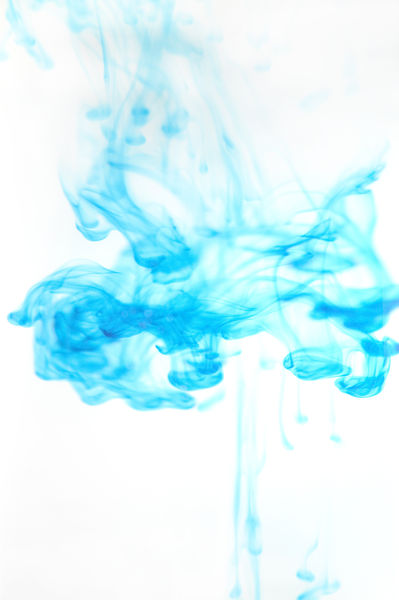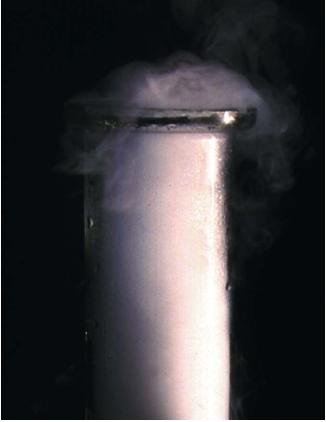Diffusion

Diffusion is the movement of molecules from a region of high concentration to one of low concentration. If you have ever opened a bottle of cologne or perfume, you have witnessed diffusion. Molecules of the scent escape from the container, where they are present in very high concentration. They spread outward in every direction to regions where they are in low concentration. Your nose is able to detect the smell of the cologne or perfume even if you are quite a distance from the bottle that has been opened.
Diffusion occurs in all states of matter: solid, liquid, and gas. It occurs rapidly enough to be observable in a reasonable period of time, however, only in liquids and gases.
You can demonstrate diffusion easily in your home. Fill a glass with water. Then add 10 drops of ink (any color) to the water very carefully. The ink sinks to the bottom of the glass because it is more dense than water. Place the glass in a place where it will not be disturbed and make observations of it every day. Over time, the colored ink at the bottom of the glass spreads upward. It moves from a region of high concentration to one of low concentration.
Eventually, the water in the glass is the same shade: a grey, light blue, or pink throughout. The original black, blue, or red ink has been diluted with water to produce the paler shade. Diffusion eventually stops because no region of high ink concentration remains. The concentration of ink and water is the same throughout the glass. That rule applies to all cases of diffusion. When differences in concentration no longer exist, diffusion stops.
Osmosis
Osmosis is diffusion through a membrane. The membrane acts as a barrier between two solutions of different concentration. One substance (usually water) travels from an area of high concentration to one of low concentration. Osmosis can be compared to the examples of diffusion given above involving perfume and ink. In those cases, no barrier was present to separate perfume from air or ink from water. Diffusion took place directly between two materials.
In contrast, a barrier is always present with osmosis. That barrier is usually called a semipermeable membrane because it allows some kinds of materials to pass through, but not others.
The most familiar example of osmosis through a semipermeable membrane may be a living cell. Cells contain semipermeable membranes

that act something like a plastic baggy holding cell contents inside. The cell membrane is not a solid material, however, but a thin sheet containing many tiny holes. (Imagine a self-sealing sandwich bag—its surface dotted with minuscule holes—then filled with water.) The holes allow small molecules and ions (such as molecules of water and sodium ions) to pass through, but trap larger molecules (such as proteins) inside the cell.
[ See also Dialysis ]
?
I am not getting required examples which I want. So please give more examples.
THANKYOU